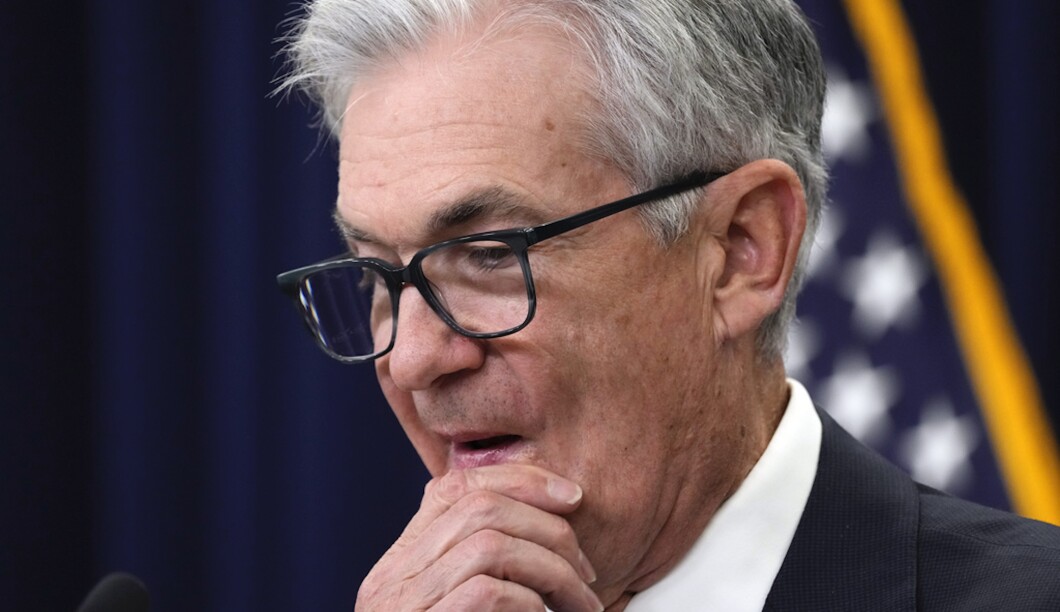
The March jobs report, which shows that the labor market is softening but remains strong, raises the prospect that the Federal Reserve could overstep at its next meeting.
The latest employment report is a mixed bag for the Fed because while it did show job gains slowing, it also was a fairly strong report. In March, 236,000 jobs were added, the Bureau of Labor Statistics reported Friday, lower than the average of 334,000 over the last six months, but the unemployment rate ticked down to an ultra-low 3.5%.
JOBLESS CLAIMS FAR HIGHER THAN THOUGHT, REVISIONS SHOW AHEAD OF MARCH JOBS REPORT
Those hoping for a clear answer from the report on what the Fed will do next were likely disappointed. If the report showed that the labor market was meaningfully weakening, it would have been expected that the central bank would pause rate hikes at its May meeting. If, on the other hand, the report showed the labor market as red-hot, it would mean that interest rates need to be raised more in order to keep slowing it.
The mixed signals mean that there is a distinct possibility the Fed could end up hiking again in May and raise the odds that such a hike would be an overstep and might tip the economy into a recession. The report shows just how difficult interest rate decisions are for the Fed.
“March’s jobs growth was the smallest monthly increase since December 2020, but was still a good increase,” Bill Adams, the chief economist for Comerica Bank, said. “The March jobs report was good news, but take it with a grain of salt.”

Among the strong spots of March’s jobs report is the headline number, which has managed to stay above 200,000 for months. At 60.4%, the employment-to-population ratio is now the highest it has been since February 2020, and the 3.5% unemployment rate is right where it was before the pandemic began to tear through the country’s hot economy.
Yet other aspects of the report give weight to the case that the labor market is slowing and exerting less upward pressure on inflation. While high, the headline job growth number of 236,000 is the lowest monthly increase since December 2020. Wage growth is also slowing. There was a mere 0.3% increase in average hourly earnings, pushing the annual increase to 4.2% — the lowest it has been since June 2021, right when inflation began meaningfully rising.
“Overall, the latest read from this employment data shouldn’t do much to sway the Fed in either direction, but taken in conjunction with recent job openings data and weaker survey-based data, the argument for a pause in rate hikes is building,” Charlie Ripley, a senior investment strategist for Allianz Investment Management, said.
But despite the indicators of softening in Friday’s much-anticipated report, investors expect a rate hike when top officials next meet on May 2.
After the March employment report, investors now assign a 66% chance that the Fed will raise rates one more time, according to CME Group’s FedWatch tool, which calculates the probability using futures contract prices for rates in the short-term market targeted by the Fed.
That is a sharp reversal from earlier this week, when a majority of investors, taking in underwhelming data on job openings and jobless claims, were predicting the central bank would pause hiking for the first time since March of last year. But very few (just over 1%) expect the Fed’s target rate to be higher at the end of the year than it is right now.
The Fed raises its interest rate target in an effort to constrain borrowing and spending and thus suppress demand, which in turn lowers inflation because less demand for goods allows prices to be kept lower.
But if rates go too high, it can result in a recession because investment falters and businesses lay off workers.
Economists are very mixed on the odds of a recession, however. The Conference Board, which uses a probability model, assesses a 99% chance that the United States will be in a recession over the next year, according to its most recent update last month.
CLICK HERE TO READ MORE FROM THE WASHINGTON EXAMINER
Meanwhile, Goldman Sachs only predicts a 35% chance that a recession will happen in the next 12 months. That number is up from the 25% forecast in its last estimate.
So come next month, central bank officials will be faced with a tough choice. One hope for avoiding another rate increase is that the March inflation reports, set to be released this month, show that prices are continuing to fall across the board.





